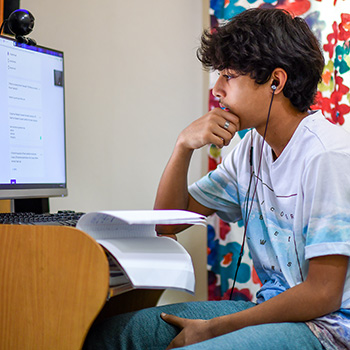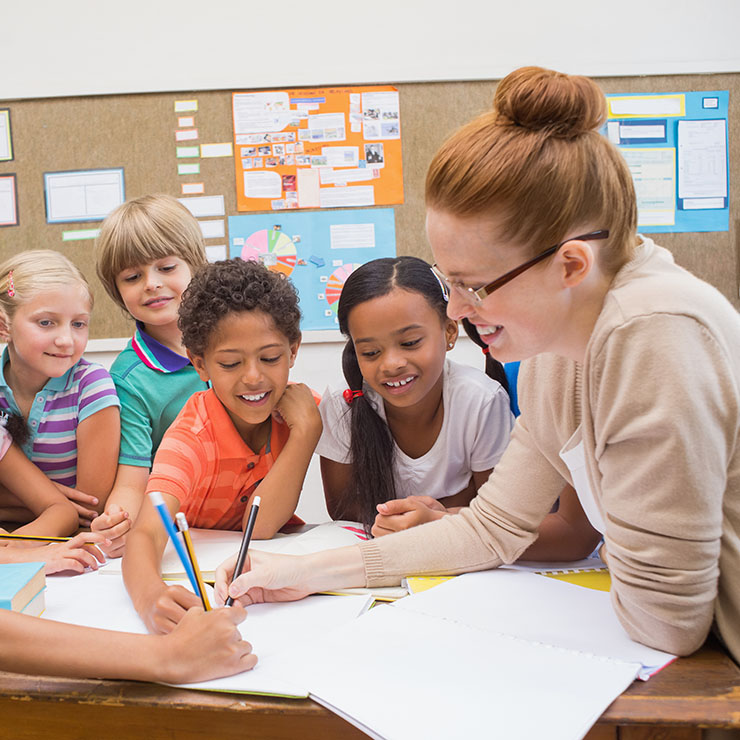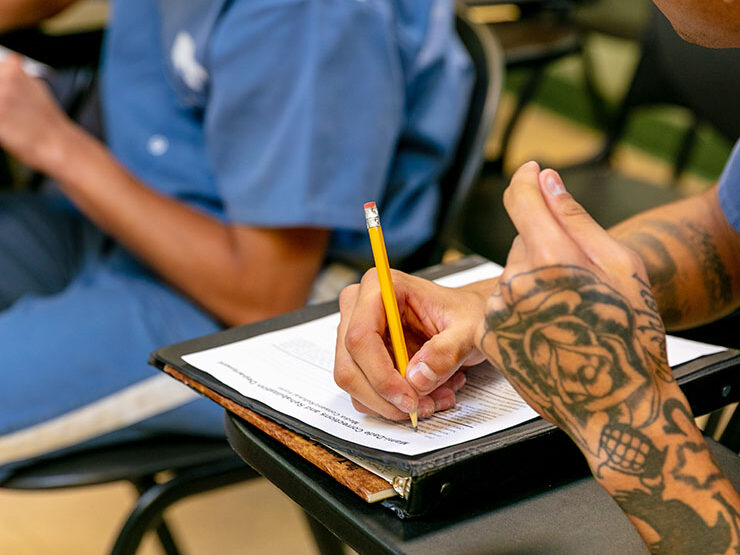When educational institutions shifted to virtual learning over the course of the pandemic, it led to some surprising shifts in student beliefs and behaviors. While students overall understood and appreciated the safety concerns that led to learning from home, many of them struggled with issues around mental health, motivation, and stress.
Maybe it’s not too surprising, then, that in this environment students have been more prone to plagiarism. Whether that’s an effect of feeling overwhelmed, unmotivated, or simply less supervised, the end result is the same: More educators are looking for ways to catch plagiarism and help students do better.
Why Do Students Plagiarize in Virtual Learning Environments?
To be fair to students, plagiarism isn’t always the result of an intent to cheat. Even long before the pandemic, there was evidence of student confusion around what plagiarism actually is, when to cite sources, and how to make proper attributions. Add virtual learning to the mix, when students may feel they have less access to instructors or to academic resources, and it’s possible that the rise in plagiarism is being exacerbated by simple student ignorance.
But that certainly isn’t the full picture. There is an entire ecosystem of online apps and tools specifically designed to help students cheat. Students employing such tools certainly aren’t making an honest mistake. They’re intentionally looking for shortcuts and taking advantage of a moment when teachers and schools are overwhelmed like never before. And thanks to the sophistication of some of these tools, academic dishonesty is harder than ever to catch.
How Can Schools Cope with Plagiarism in Virtual Learning?
The good news is that plagiarism detection tools are also getting better and better. In some ways, the pandemic has had as big an impact on them as it has on apps designed to promote cheating.
Companies like Google are also tackling this problem. Google’s originality reports provide an efficient means for instructors to quickly assess authenticity and catch potential plagiarism in student papers. This tool can also be used by students themselves as an instructional aid, helping them to identify when they ought to use citations and how they can build on outside ideas.
While there’s no perfect solution to stop plagiarism, these technologies can play an important role. By empowering students to do better, and helping instructors to spot plagiarism more quickly, schools can take a two-pronged approach to making it less of an issue.
What Other Challenges Do Schools Face Because of Virtual Learning?
For many schools, COVID-19 and virtual learning put more pressure on existing systems and exposed new points of weakness. Cybersecurity, for instance, has been a growing concern throughout the pandemic. Schools are also discovering that their data from the past two years has become a disorganized mess, making analytics much less reliable.
But the good news is that schools are still forging ahead. They’re getting smarter about how to cope with virtual environments, and bringing in partners to help. While such dramatic change will always bring with it a certain amount of disruption, what we’re seeing right now from our schools should give us cause for optimism. The pandemic may not be over, but students and educators are coming together to find ways to keep moving forward.
We understand the needs of educational institutions
Share:







